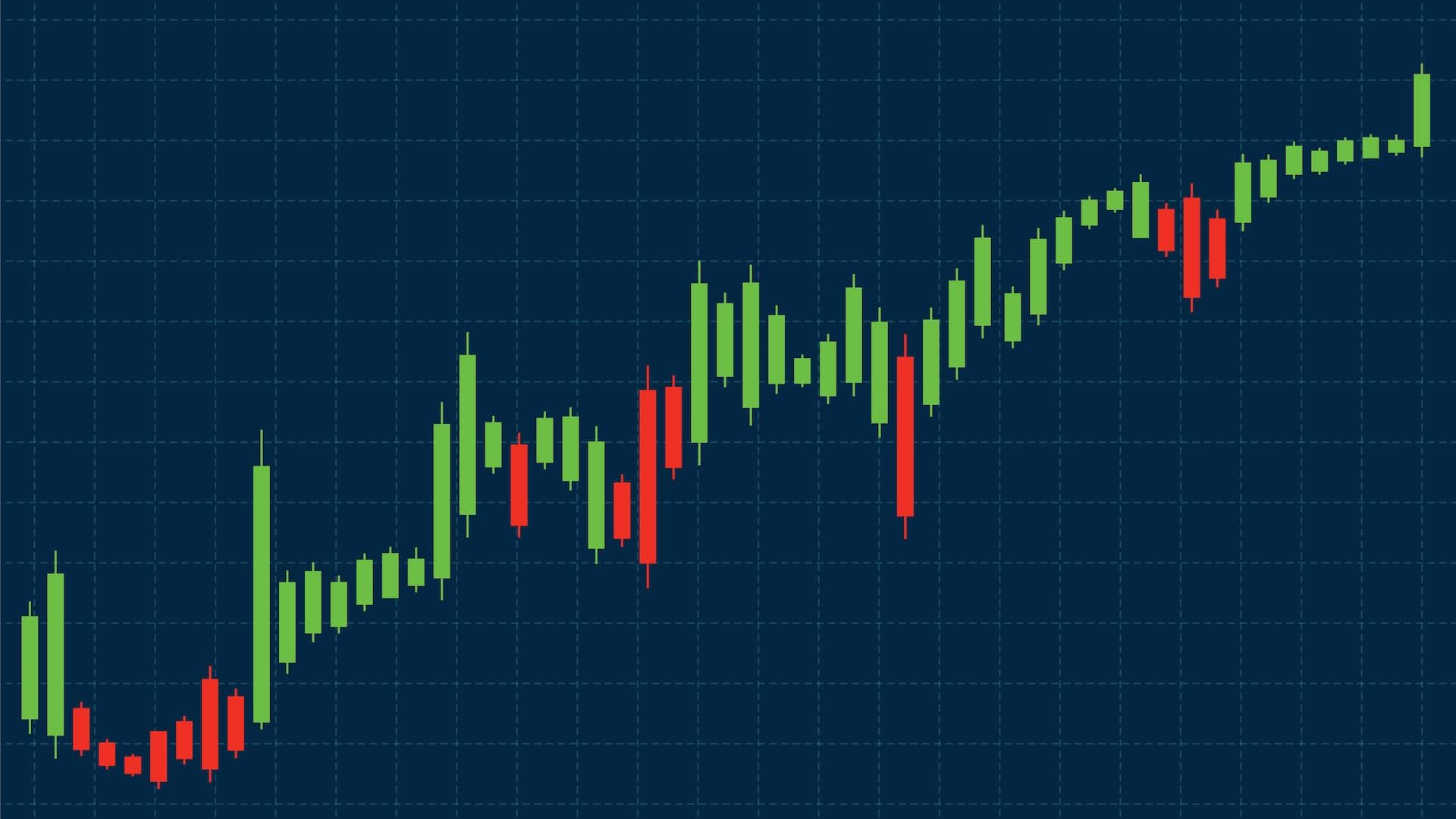In modern trading, professionals no longer rely on a single chart. Instead, they apply multi-timeframe trading to capture both the big picture and the details of short-term price movements. This layered approach helps filter market noise, confirm trends, and improve overall risk management. For both swing traders and day traders, using several charts provides the edge needed to navigate volatile markets effectively.
The Role of Multiple Timeframes in a Trading Strategy
Multiple timeframes allow traders to see the interaction between long-term and short-term trends. Without this broader view, market signals may look convincing but lack real strength. By combining technical analysis across charts, traders reduce mistakes and improve their consistency. Professionals know that mastering multi timeframe analysis is essential for building a sustainable strategy.
Why Multi Timeframe Trading Matters
Multi timeframe trading matters because it adds confirmation before entering a trade. For example, if the daily chart shows an uptrend but the 15-minute chart shows a pullback, traders can wait for alignment before committing. This improves timing and helps avoid false trading signals. In fast-moving markets, such confirmation can mean the difference between profit and loss.
How Professionals Adapt Their Trading Style
Every trading style adjusts timeframes differently. Swing traders often use weekly and daily charts for context, while day traders combine hourly and intraday setups for precision. Professionals remain flexible, adapting their approach as trading opportunities shift. This adaptability is one reason why successful traders consistently outperform beginners.
What Is a Multi-Timeframe Trading Strategy?
A multi-timeframe trading strategy combines several time frames to increase accuracy and reduce risk. Higher charts filter the trend, while lower ones fine-tune entries and exits. This blend provides balance between market context and execution detail. It gives traders confidence in their positions, even when market direction changes quickly.
Understanding Different Trading Timeframes
Traders analyze short, medium, and long time frames to strengthen their strategies. Weekly and monthly charts establish trends, while daily or hourly charts provide actionable setups. Smaller charts show execution detail, but they are always considered within the larger context. This layered view ensures every trading decision has strong confirmation.
Using Multiple Timeframes to Refine Trading Decisions
When signals align across multiple timeframes, traders gain higher conviction. A bullish signal on the weekly chart combined with a breakout on the 1-hour chart creates a powerful case for entry. Aligning signals also strengthens risk management, reducing exposure to false moves.
Key benefits include:
-
Stronger confirmation of trading signals
-
Fewer false entries during volatile price movements
-
More confidence for both swing traders and day traders
This approach helps professionals remain disciplined and consistent, even in unpredictable markets.
Daily Chart and Its Importance
The daily chart is one of the most reliable tools for both beginners and professionals. It captures enough data to smooth out noise while still reacting quickly to price movements. Many traders use it as their main reference point when planning entries and exits. It also provides a solid foundation for combining signals with other time frames.
Why the Daily Chart Is a Key Reference
The daily chart is widely respected because it balances detail with clarity. It reveals resistance levels, trend direction, and momentum without the distractions of intraday volatility. For most traders, it acts as the “big picture” anchor that defines whether the market is bullish or bearish. This perspective ensures every trade aligns with the overall market direction.
Combining the Daily Chart With Lower Timeframe Analysis
Professionals enhance accuracy by blending the daily chart with a lower timeframe. The daily provides context, while the lower frames, such as the 1-hour or 15-minute, offer precise entry points and exit points. This synergy helps avoid analysis paralysis, since traders can act with more confidence when signals align. As a result, strategies become sharper and profitable trades more frequent.
Balancing Higher Timeframe and Lower Timeframe Signals
Using multiple time frames requires balancing short-term opportunities with long-term stability. A higher timeframe such as weekly or monthly shows the dominant long term trends, while intraday charts reveal shorter-term opportunities. Combining both helps refine trading decisions and improve overall trading performance. This balance prevents traders from chasing noise and instead builds a structured approach.
How Higher Timeframe Trends Guide Swing Trading
For swing trading, the higher timeframe acts as a compass. Weekly and weekly charts identify the primary trend context and set the direction for potential moves. Traders then rely on the daily or 4-hour to fine-tune execution around key levels. By following the larger picture, they improve the odds of a successful trade.
Resolving Conflicting Signals Between Timeframes
At times, signals from multiple time frames may conflict, creating uncertainty. A higher timeframe may show bullish strength, while a lower timeframe suggests a short-term pullback. In such cases, traders focus on trend lines and resistance levels to find clarity. This method ensures trade execution stays aligned with the dominant direction rather than short-lived reversals.
Identifying Entry and Exit Points With Multiple Timeframes
Trading with multiple timeframes allows traders to see the bigger picture while pinpointing precise levels for execution. When the broader trend aligns with local signals, the probability of success improves significantly. Well-defined entry and exit points reduce mistakes and help minimize unnecessary losses. To achieve this, traders combine long-term context with short-term confirmations.
How Professionals Plan Entry and Exit Points
Professional traders carefully plan their entry and exit points by looking for areas where multiple signals converge. For example, when a support level on a weekly timeframe matches a pattern on a lower chart, it strengthens the case for action. Keeping records in a trading journal helps verify consistency and refine strategies. This disciplined approach improves decision making and reduces the impact of emotions.
Using Confirmation Across Trading Timeframes
Confirmation across time periods simultaneously is crucial for effective trading. A higher timeframe may establish the direction, while a lower timeframe helps identify the exact entry point or profit targets. Professionals avoid relying on just one chart, as it often increases market noise and false signals. By combining signals across timeframes, traders can confirm setups and act with more confidence.
Practical Applications of Multi Timeframe Trading
Applying a multi-timeframe approach requires balancing clarity with simplicity. Traders must avoid using too many timeframes, which can lead to confusion and analysis paralysis. Instead, they focus on a structured plan where each timeframe serves a specific purpose. This way, both long-term and short-term perspectives support the overall trading strategy.
Building a Consistent Multi Timeframe Trading Strategy
A strong multi timeframe trading strategy builds consistency by clearly defining how signals from different charts interact. For instance:
-
The weekly timeframe shows the broader trend.
-
The daily chart identifies the key levels.
-
Lower timeframes fine-tune entry and exit points.
This structured approach allows most traders to avoid second-guessing and stay aligned with the market’s rhythm.
Common Mistakes When Using Multiple Timeframes
A common mistake is relying on too many timeframes, which creates conflicting signals and unnecessary doubt. Another error is ignoring the broader trend while focusing only on micro-moves. This can lead to trades against the dominant direction, reducing chances of profitable trades. Keeping things simple and aligning with the main market flow prevents such issues.
Managing Risk in a Multi Timeframe Approach
Risk control is critical when working across multiple charts. Traders define exit points in advance to protect capital against sudden reversals. By reducing market noise and filtering trades through confirmation, risk exposure is minimized. A disciplined system ensures that every trade aligns with both higher and lower timeframe signals, supporting steady performance.
Advanced Considerations for Professional Traders
Professional traders take multi timeframe trading beyond the basics by adjusting strategies to align with market context. They evaluate price movements across multiple timeframes and refine their setups based on changing volatility. This approach requires discipline and adaptability, as no single chart provides all the answers. The goal is to build a multi timeframe trading strategy that adapts to evolving conditions while keeping risk under control.
Adjusting to Market Conditions and Trading Style
Each trading style benefits differently from multi timeframe analysis. For example, day trading may focus on short time frame signals while still respecting the higher trend. Swing trading relies more on timeframe combinations that reveal broader shifts without ignoring short-term opportunities. Professional traders adjust their setups to ensure consistency while still capturing unique trading opportunities.
How Multi Timeframe Trading Improves Long-Term Performance
Relying on a single chart can limit perspective, but multi timeframe methods improve accuracy in identifying sustainable trends. Over time, this leads to better trading performance and more profitable trades. By using different trading styles supported by multi timeframe trading, traders ensure that they adapt to both bullish and bearish cycles. This adaptability allows them to achieve stronger results and maintain consistency across changing market phases.
Continuous Learning and Adapting to New Time Frame Dynamics
Markets evolve, and so do the dynamics of each time frame. Successful professionals treat multi timeframe analysis as a continuous process, where they refine techniques through study and practice. They track results, adjust entries, and build better systems as they gain experience with multi timeframe trading strategy. Continuous learning ensures that traders remain flexible and ready for new challenges, avoiding stagnation in fast-moving financial markets.











